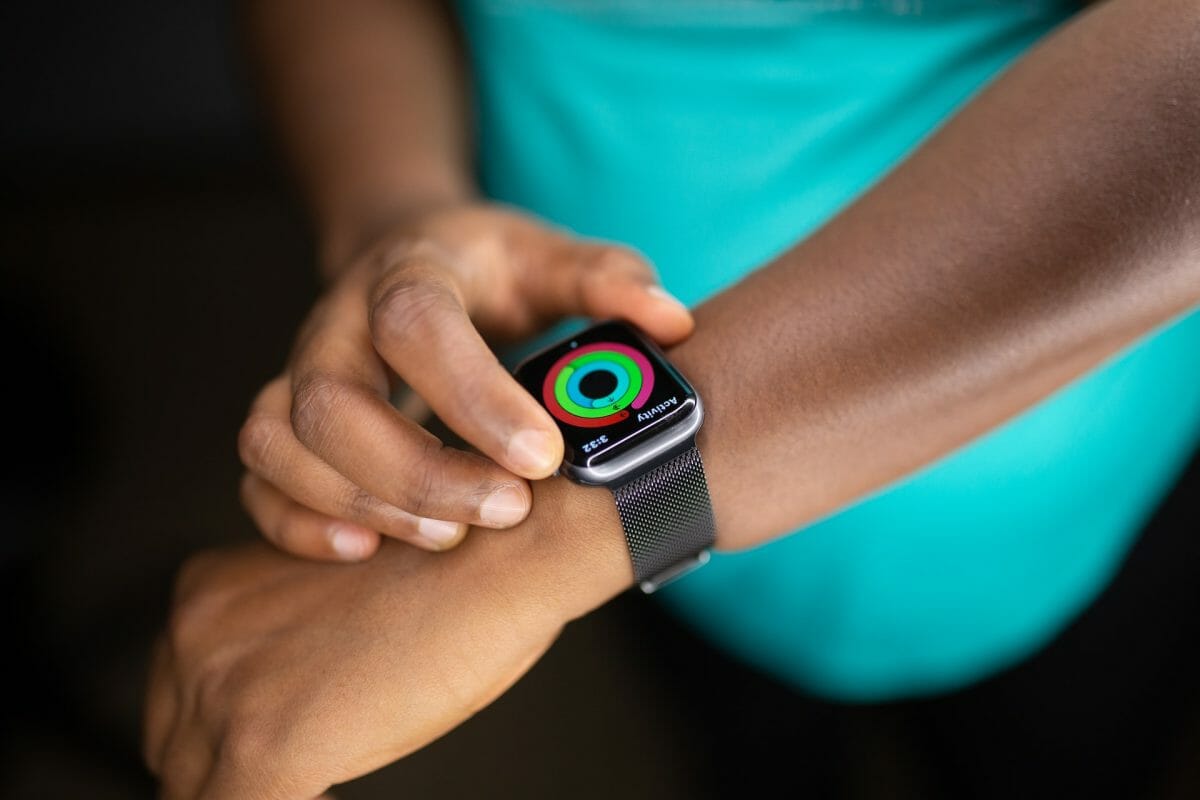The remote health monitoring devices used by patients in the comfort of their homes have been in existence for a while now. However, the ability to digitally monitor and track these devices is relatively new. Medical practitioners use these devices to monitor and upload your health data to the cloud in real-time. These devices include blood pressure cuffs, step trackers, glucose monitors, pulse oximeters, wearable heart-rate monitors, and many others.
Not only do these devices give you more access to your health data, but they also help take away healthcare-related stress by giving you control over your health outcomes. Healthcare practitioners, such as a functional neurologist, use these smart health devices to monitor, report, and analyze various patients’ chronic or acute conditions from a distance. Below we outline some of the most common remote patient monitoring devices.
1. Wearables
Personal wearable smart devices such as smartwatches and fitness trackers are increasingly becoming popular tools in helping track your patients’ activities. This is because they offer you a peek into the day-to-day routine of your patients. The data obtained will go a long way in helping you come up with a viable patient treatment plan. Additionally, it’s the easiest way to make your patients feel like they are, to some extent, in control over their health and fitness outcomes. According to a recent survey, an overwhelming majority of patients are comfortable sharing data collected by their wearable medical devices with health providers to help improve their health.
2. Pulse Oximeters
Typically, a pulse oximeter is clipped to either an earlobe or a finger to help measure patients’ pulse rate and light wavelength that are used to determine the oxygen levels in the blood. These devices are used to manage chronic health conditions such as lung issues, chronic heart problems, and asthma. Traditionally, patients were required to write down the readings manually and then submit them to health providers during the next appointment.
However, with the advent of smart pulse oximeters, you’ll get real-time access to the patient’s data long before the scheduled appointments. This will help you create a better, well-informed care plan for your patients. Additionally, this allows you to come up with suggestions instead of using the patient appointment time to analyze data.
3. Remote Patient Monitoring Glucometer
Traditionally, diabetes patients used glucose monitors by getting a drop of blood from a pricked finger for the glucose monitor to analyze their blood sugar. The patients would record these readings manually and present them at their next checkup. In contrast, today’s smart devices use a small sensor placed beneath the skin to monitor the blood sugar level and upload the results to a designated smart device.
The remote monitoring glucometer provides a patient’s blood glucose level information, a critical health indicator for pre-diabetic and diabetic patients. This ease and convenience in monitoring blood sugar levels allow patients to follow their doctor’s recommendations more appropriately. Moreover, it gives health providers much-needed insight on how best to conduct treatment adjustments.
Endnote
The increased adoption of telehealth demands healthcare organizations to build up their remote patient monitoring capabilities. While many of these devices have been around for some time, the advent of smart devices and cloud computing is helping break the barriers towards allowing patients to be involved in determining and consequently improving their health outcomes. Adopting remote patient smart monitoring devices can help you better understand your patients and thus help prevent severe and costly health-related effects.
